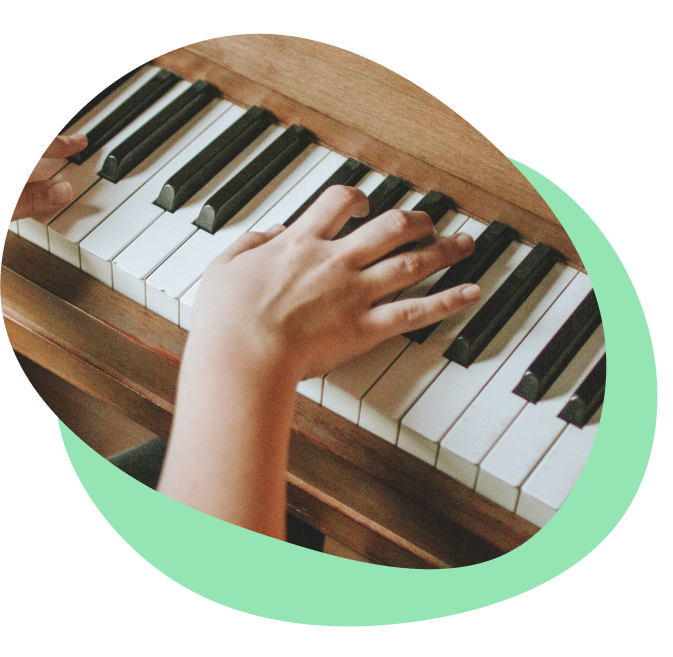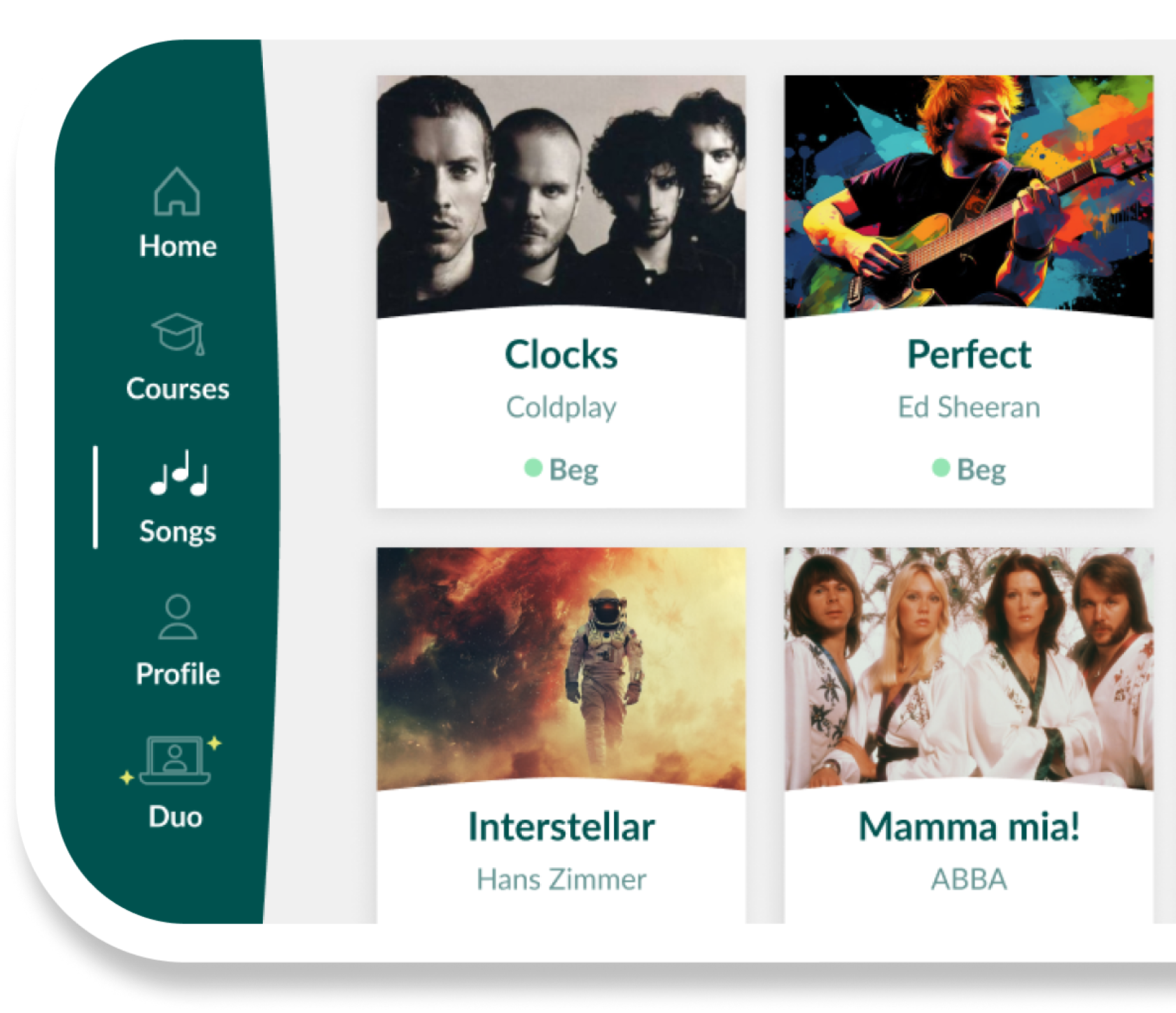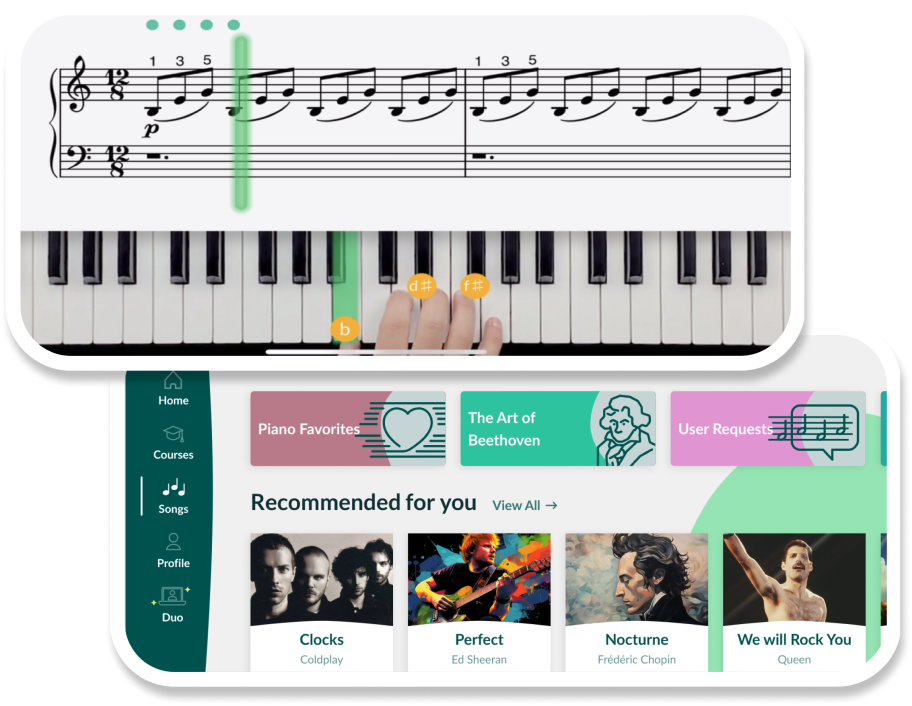Ever wanted to play the iconic riff from “Still D.R.E.” by Dr. D.R.E on piano? This step-by-step guide will help you master the famous piano melody with ease.
The beauty of “Still D.R.E.” lies in its simplicity. The song uses a repetitive chord progression that makes it easy to memorize and perfect for beginners. With just three main chords you’ll be able to master the riff in no time. Whether you are new to the piano or just looking for a fun challenge, learning the “Still D.R.E.” piano notes is a great way to improve your skills.
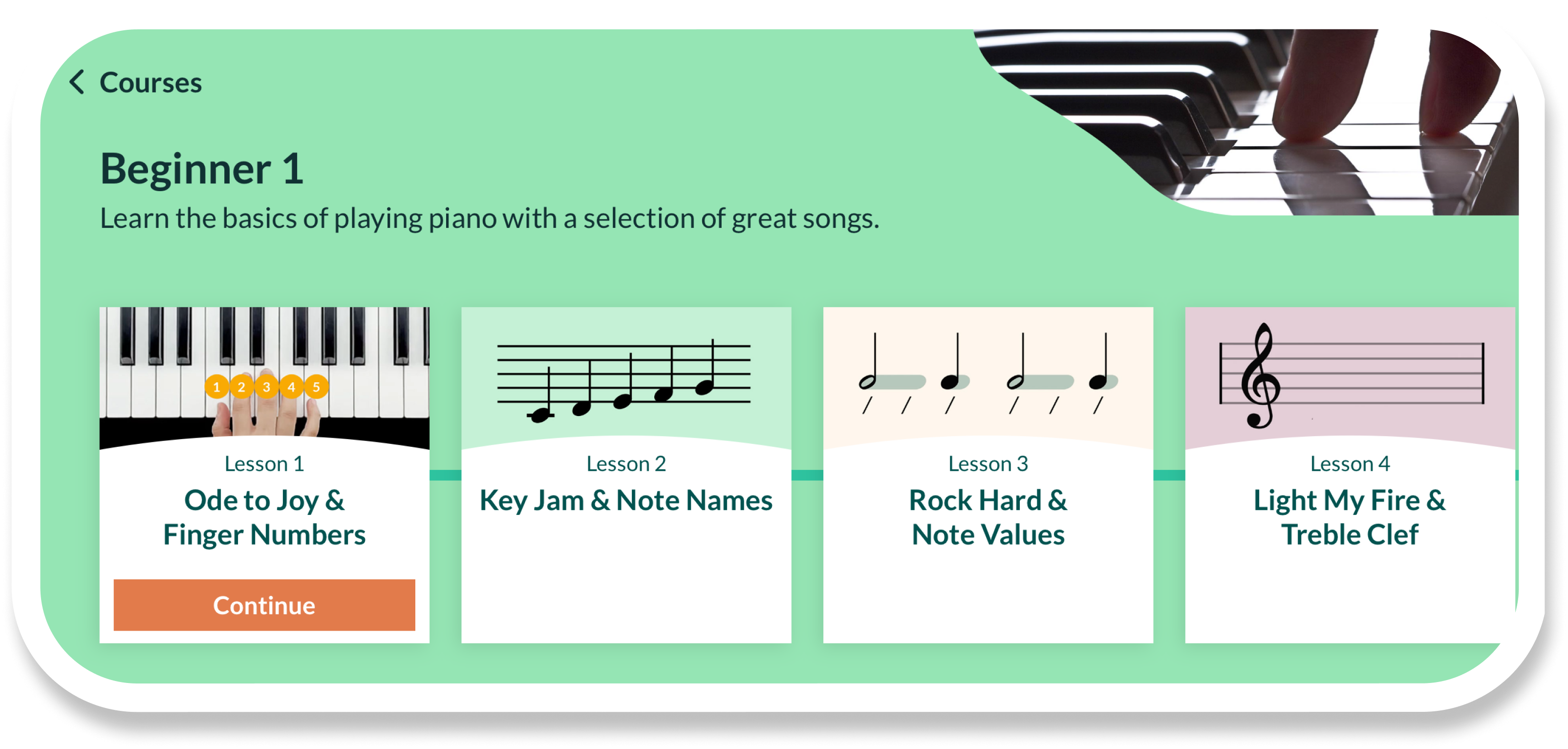
“Still D.R.E.” chords and progressions
The “Still D.R.E.” piano riff is built around three main chords in E minor. This chord progression repeats throughout the song. Here’s a quick breakdown of the chords you’ll need to play:
- A minor 1st inversion: C – E – A
- Esus4 2nd inversion: B – E – A
- E minor 2nd inversion: B – E – G
Understanding these chords and their inversions will make playing the song significantly easier.
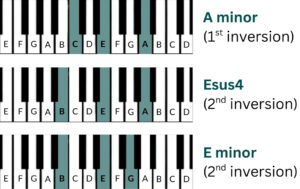
How to play “Still D.R.E.” on piano?
Now that you’re familiar with the “Still D.R.E.” piano chords and broken down the chord progression it’s time to put it all together with a hands-on tutorial. In this section we’ll walk through each hand’s role and then show you how to combine them smoothly.
Whether you’re playing on a digital keyboard or a full-sized piano, follow these steps and techniques to get that unmistakable “Still D.R.E.” piano vibe.
Right-hand technique
The right hand carries the chords and rhythm which is the most recognizable part of the song. Here’s how to play the chords with your right hand:
Am (1st inversion) – one bar playing steady quavers on the “1 & 2 & 3 & 4 &”:
- A (pinky) – C (index or middle) – E (thumb)
- Then be ready to move your thumb down to B for a smooth transition to Esus4.
Esus4 (2nd inversion) three repeated quavers “1 & 2 &”:
- A (pinky) – E (middle) – B (thumb)
- Then be ready to move your pinky down to G to transition to Em on the “&” of 2.
Em (2nd inversion) repeated quavers from the “&” of two to the end of the bar:
- B (thumb) – E (middle) – G (pinky)
- Then be ready to move back to the original A minor 1st inversion position.
This rhythmic pattern repeats every two bars, giving the song its looping, meditative quality. Once you’ve practiced each chord separately, try playing them in sequence to build muscle memory.
Left-hand technique
The left hand plays the bass notes which support the overall harmony. While the right hand does the heavy lifting, your left hand plays the bass line Here’s what to play with the left hand one octave under the chords:
- Am (1st inversion): Under the A minor chord play A for three beats, on the fourth beat of the second bar play B.
- Esus4 (2nd inversion): Play E and hold for three beats while you transition to E minor on the “&” of the second beat.
- E minor (1st inversion): Play E on the fourth beat of that bar leading back to the A as you start with the A minor chord again and repeat the pattern.
You can play these bass notes as single notes or as octaves for a fuller sound, depending on your hand span.
Once you’re comfortable with both hands individually, it’s time to bring them together.
Skoove fun fact
The original song uses sped up samples of a piano so these samples will be out of tune with your piano if you try and play along. If you have an electronic or MIDI keyboard you can fine tune all you need to tune your piano up a quarter of a semitone and you will be able to play along.
If you can’t do this or need a little more help putting this all together Skoove has you covered with our helpful play along and walkthrough of this iconic song.
Expanding your skills
Now you know how to play “Still D.R.E.” on piano from understanding the chords and rhythm to practicing with purpose. It’s a simple riff but when played with confidence and style, it never fails to impress.
If you’re ready to keep building your skills and explore more iconic tracks, Skoove is the perfect next step. Start learning with Skoove today and turn every practice session into real progress.
Author of this blog post:
Susana Pérez Posada

With over seven years of piano education and a deep passion for music therapy, Susana brings a unique blend of expertise to Skoove. A graduate in Music Therapy from SRH Hochschule Heidelberg and an experienced classical pianist from Universidad EAFIT, she infuses her teaching with a holistic approach that transcends traditional piano lessons. Susana’s writings for Skoove combine her rich musical knowledge with engaging storytelling, enriching the learning experience for pianists of all levels. Away from the piano, she loves exploring new places and immersing herself in a good book, believing these diverse experiences enhance her creative teaching style.
Published by Lydia Ogn from the Skoove team




